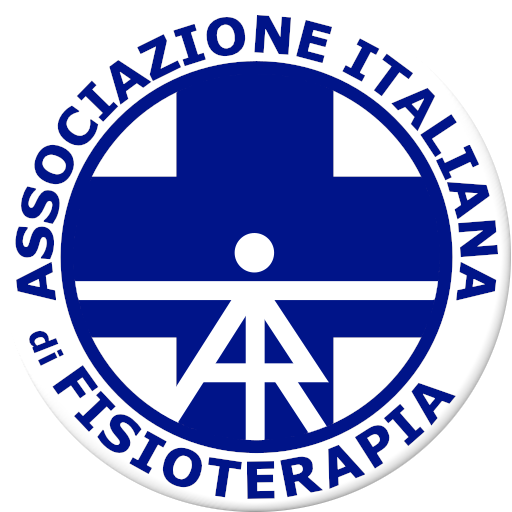OSSERVAZIONE DELL’AZIONE ED IMMAGINAZIONE MOTORIA MIGLIORANO LE ABILITÀ DI IMMAGINAZIONE MOTORIA IN PAZIENTI CON MALATTIA DI PARKINSON – UNO STUDIO DI RISONANZA MAGNETICA FUNZIONALE
ACTION OBSERVATION AND MOTOR IMAGERY IMPROVE MOTOR IMAGERY ABILITIES IN PATIENTS WITH PARKINSON’S DISEASE – A FUNCTIONAL MRI STUDY
Introduction
Motor imagery (MI) is a motor-learning skill that can be affected in patients with Parkinson’s disease (PD) [1, 2]. We aimed at assessing MI and brain functional changes after an action observation training (AOT) and MI training associated with gait/balance exercises in PD patients with postural instability and gait disorders (PD-PIGD).
Methods
Twenty-five PD-PIGD patients were randomized into two groups: the DUAL-TASK+AOT-MI group performed a 6week gait/balance training combined with AOT-MI; the DUAL-TASK group performed the same exercises while watching landscape videos. Before and after training, MI was assessed using the Kinesthetic-and-Visual-Imagery Questionnaire (KVIQ) and a MI functional MRI (fMRI) task. During fMRI, subjects were asked to watch first-person perspective videos representing gait/balance tasks and mentally simulate to perform them. At baseline patients were compared with 23 healthy controls.
Results
At baseline, there were no significant differences between groups in the MI scores. Both patient groups increased kinesthetic MI score after training, while only DUAL-TASK+AOT-MI group improved in visual MI and total KVIQ scores. At baseline, both PD groups showed reduced fMRI activity of sensorimotor, temporal and cerebellar areas relative to controls. After training, DUAL-TASK+AOT-MI patients increased activity of anterior cingulate, fronto-temporal and motor cerebellar areas, and reduced the recruitment of cognitive cerebellar regions. DUAL-TASK group showed increased recruitment of occipito-temporal areas and reduced activity of cerebellum crus-I. DUAL-TASK+AOT-MI relative to DUAL-TASK group had increased activity of cerebellum VIII-IX. In DUAL-TASK+AOT-MI group, KVIQ improvement correlated with increased activity of cerebellum IX and anterior cingulate, and with reduced activity of crus-I.
Discussion and Conclusion
AOT-MI improves MI abilities in PD-PIGD patients, promoting the functional plasticity of brain areas involved in MI processes and gait/balance control.
REFERENCES
[ 1 ] G. Abbruzzese, et al. Action Observation and Motor Imagery: Innovative Cognitive Tools in the Rehabilitation of Parkinson’s Disease, Parkinson’s Disease. 2015. Doi: 10.1155/2015/124214
[ 2 ] E. Sarasso, et al. Action Observation and Motor Imagery Improve Dual Task in Parkinson’s Disease: A Clinical/fMRI Study. Movement Disorders. 2021. Doi: 10.1002/mds.28717
